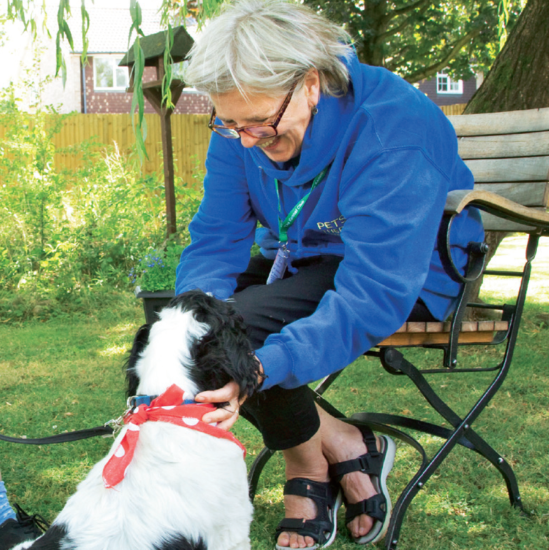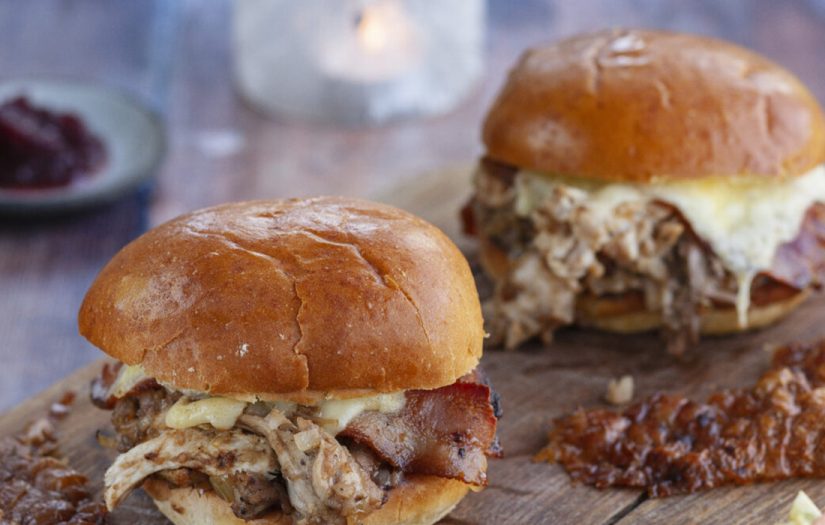
We take a look at what’s involved, for both the dog and the owner, and why it’s important.
PAT Dogs must be able to:
-
Walk on a relaxed lead without excessive pulling.
WHY? PAT Dogs need to be under the owner’s control at all times. -
Accept being stroked and handled, and having their paws, tail and ears touched.
WHY? PAT Dogs have to accept being patted, often vigorously, by patients or clients. -
Take a food treat gently without snatching.
WHY? If a PAT Dog is given a food treat, it’s important they don’t snatch it. Some older patients have very fragile skin. -
Respond appropriately to a sudden noise or disturbance.
WHY? PAT Dogs have to encounter lots of new and unexpected stimuli- they should not be overly fearful of this, and be able to recover quickly.
PAT volunteers need to be able to:
-
Demonstrate control of their dog on the lead while holding conversation. WHY? Much of the volunteer’s time is spent talking to different people. PAT Dogs need to be able to wait patiently under the owners control at all times.
-
Groom their dog’s back, chest, stomach, and tail.
WHY? If a dog readily accepts being groomed by its owner, it demonstrates it accepts their authority. -
Demonstrate the can restrict their dog by holding it firmly, or by the collar.
WHY? Owners may need to react quickly in an emergency. -
Present their dog in a fit, clean and healthy condition.
WHY? A well-looked-after dog is a sign of a responsible dog owner.
Find out more about the PAT dogs and our ongoing series with them back in our Helping Others page!




